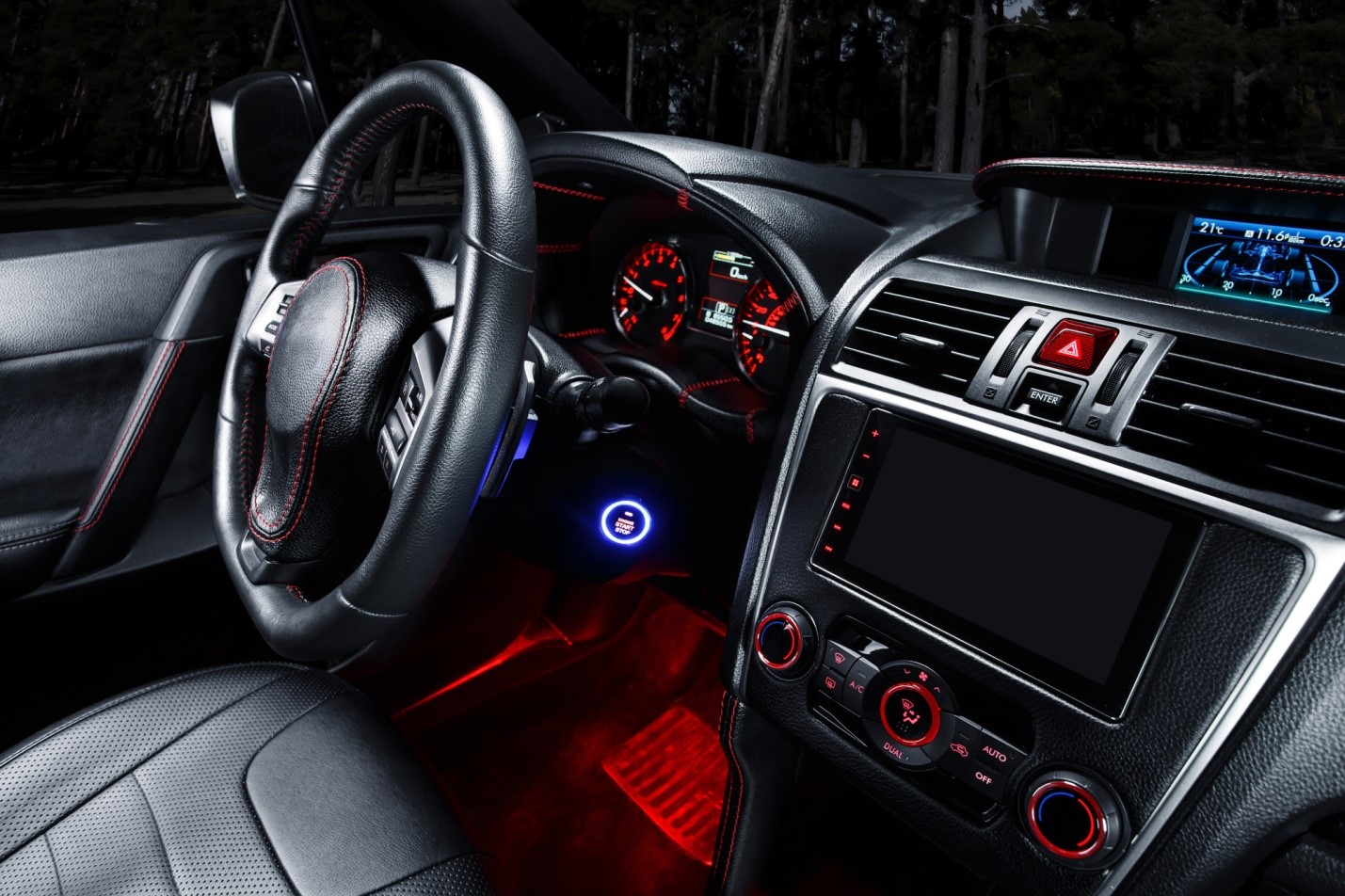[ad_1]
In April 2009 Ford declared that it would not need government aid and claimed that it had a plan to break even in two years. Ford has been ahead of its main rival General Motors in scaling down its business by selling Aston Martin, Land Rover and Jaguar over the past two years. GM, meanwhile, went through a massive reorganization after filing for Chapter 11 bankruptcy proceedings. GM is temporarily majority owned by US government after it invested $57.6 billion in the company.
Per the plan GM executives presented in congressional hearings the company would reach the break-even point by 2011. They further declared that they would cut costs by eliminating 47,000 jobs, closing five more unprofitable factories and cut at least $18 billion in debt from its balance sheet. It was expected that these cost cuts would allow the company to break even when the U.S. auto market returned to between 11.5 million to 12 million vehicles sold per year.
J.D Power and Associates, a global marketing information services firm, announced its projections about the new automotive industry break-even point. According to Gary Dilts, senior vice president of U.S. automotive at J.D. Power and Associates, due to cost-cutting measures such as renegotiation of union and supplier contracts, the break-even point for the domestic automotive industry will decrease by more than 2 million units when comparing current industry conditions to those forecast in 2010. Dilts explains the reason for this decrease due to the significant declines in the auto industry which resulted in lost sales volume of more than 7 million units between 2000 and 2009. This sales volume makes $175 billion in net revenue.
In automobile industry fixed costs make up a greater portion of total costs. The manufacturing plants, assembly lines and technology invested to build vehicles are some of the items forming the fixed costs. Compared to fixed costs, variable costs form a relatively smaller portion of the total costs. This puts the auto industry into a risky situation due to high operating leverage.
The definition of the operating leverage is the ratio of fixed costs to total costs. The higher a firm’s fixed costs, the higher its operating leverage. In firms having high operating leverage, small percentage changes in sales volumes result in large percentage changes in profits. This variability or sensitivity of profits to changes in sales volume put the firm into a risky position. Per the “Greater Risk, Greater Return” rule this also means more profit if demand and therefore sales volume is high.
In automobile industry since fixed costs are relatively high, during the recession times, as the demand and sales volume go down the likelihood of earnings to cover the fixed costs will decrease, i.e. it will be more difficult for the automobile companies to break even. Therefore the automobile companies start cutting the costs, especially fixed costs, like closing the unprofitable facilities, eliminating jobs. For example, GM sold its unprofitable Hummer to a Chinese company.
The car companies should increase the volume of profitable vehicles and effective advertising activities to be able to sell them to the customers. Increase in the sales volume will help in covering the high fixed costs and reach the break-even point. In August 06, 2009 Edward Whitacre Jr., the new chairman of General Motors, stated that GM needs to improve the number of vehicles sold. To do that, he said, the board may decide to move up the launch of several new vehicles.
Comparing Ford and General Motor’s Consolidated Results of Operations from Form 10-K these two companies submitted to Securities and Exchange Commission (SEC) back in 2008:
Ford (millions)
Revenue: 146,277
Cost and Expenses: 160,949
Net Income/Loss: (14,672)
Volume of Sales: 5.532
General Motors (millions)
Revenue: 148,979
Cost and Expenses: 179,839
Net Income/Loss: (30,860)
Volume of Sales: 8.144
Break-even points for these companies can be calculated using the Revenue, Cost and Volume figures above.
Ford
Average Price: 146,277 / 5.532 = $26,441
GM
Average Price: 148,979 / 8.144 = $18,293
To cover its Costs and Expenses Ford had to sell: 160,949 / 26,441 = 6.08 million cars and trucks. To cover its Costs and Expenses General Motors had to sell: 179,839 / 18,293 = 9.83 million cars and trucks. The additional sales volume GM and Ford had to make to reach the break-even point back in 2008.
Ford: 6.08 – 5.532 = 0.554 million
GM: 9.83 – 8.144 = 1.686 million
[ad_2]
Source: http://ezinearticles.com/?Break-Even-Point-For-The-US-Domestic-Auto-Industry&id=3511968











